Don’t Move, Improve 2024: Aden Grove wins Home of the Year
Don’t Move, Improve 2024 reveals its winners celebrating the best London home renovations

Don't Move, Improve 2024, the annual competition celebrating residential extensions and redesigns in London has returned for its 14th edition, revealing today (14 May) its winners - and crowning Aden Grove by Emil Eve Home of the Year.
Announced at a dedicated ceremony in London tonight, the best home gong was accompanied by winners in eight more prestigious categories, celebrating from sustainable architecture to compact and affordable designs. All were selected from a shortlist of 16 residences, which spanned the width and breadth of the capital. The accolades also included the competition’s first-ever People’s Choice Award, which was scooped by Heyford Avenue by Manuel Urbina Studio.
The designs on the list represent a wide variety of residential solutions – from homes in immaculate, minimalist architecture, to reworked modernist marvels, boutique and cost-effective dwellings, and abodes using innovative, sustainable materials. The shortlist was selected from 60 longlisted projects, which in turn were picked out of a total of over 150 submissions.
The final selection was deliberated by a jury panel consisting of Ed Jarvis, Urban Design Manager, London Borough of Camden; Ellie Stathaki, Architecture & Environment Director, Wallpaper* magazine; Jennifer Dyne, Associate, David Kohn Architects; and Marie-Louise Schembri, Sustainability Director, Hilson Moran. Scroll down, to learn more about the winners.
The winner of Don't Move, Improve 2024
Don't Move, Improve 2024 Home of the Year and Materiality & Craftsmanship Winner: Aden Grove by Emil Eve
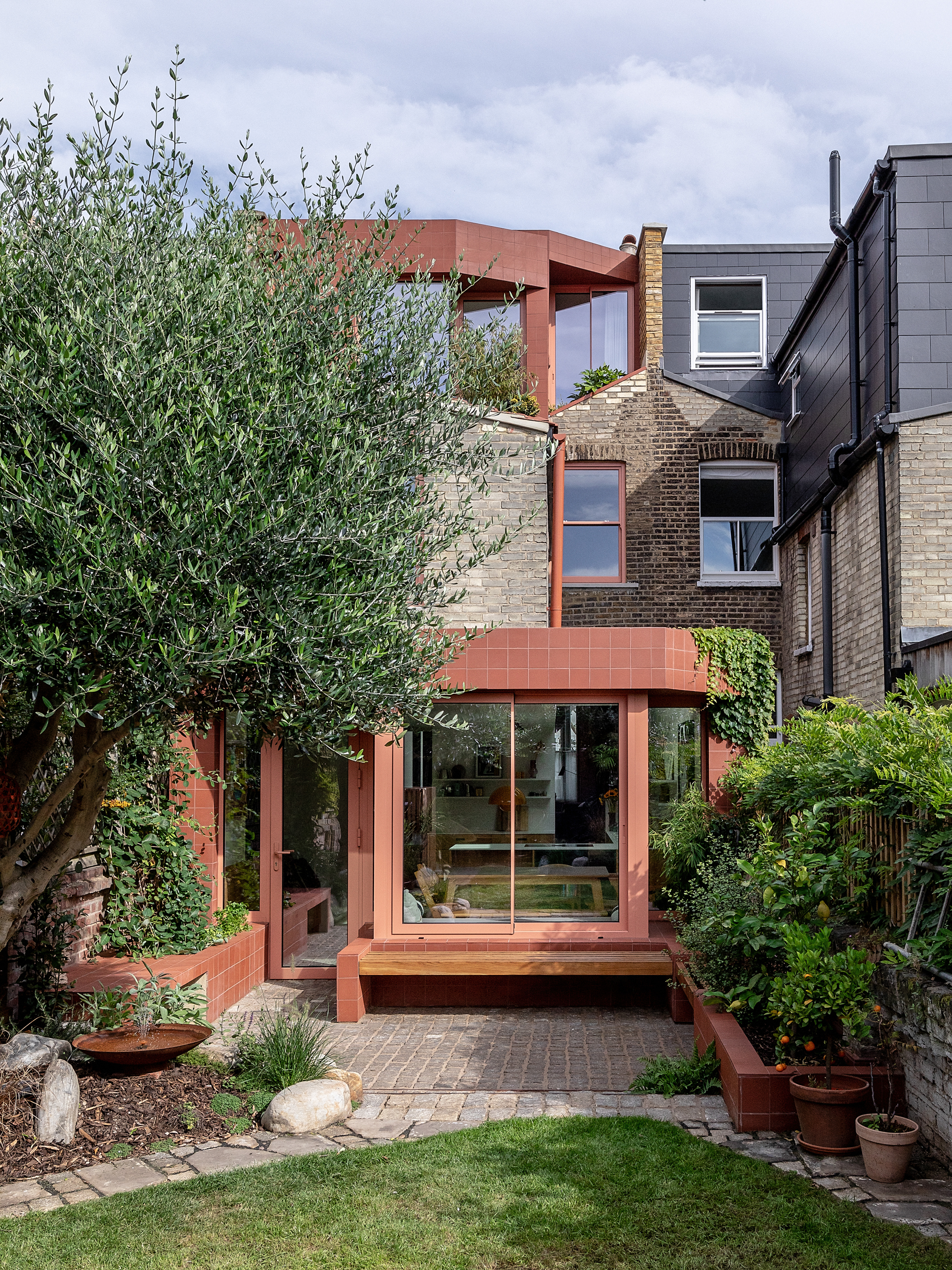
London Fields-based architects Emil Eve have completed the renovation and extension of a period home in Newington Green that wraps up a dynamic material palette, energy efficiency and personality all within its tight 19th-century footprint.
Don’t Move, Improve 2024: more awards
Compact Design: The Green Machine by SUPRBLK Studio

This ingenious compact design slots a multipurpose piece of furniture which can transform an east London studio's single room into living space, dining room and bedroom, in different configurations.
Receive our daily digest of inspiration, escapism and design stories from around the world direct to your inbox.
Urban Oasis: Chelsea Brut by Pricegore
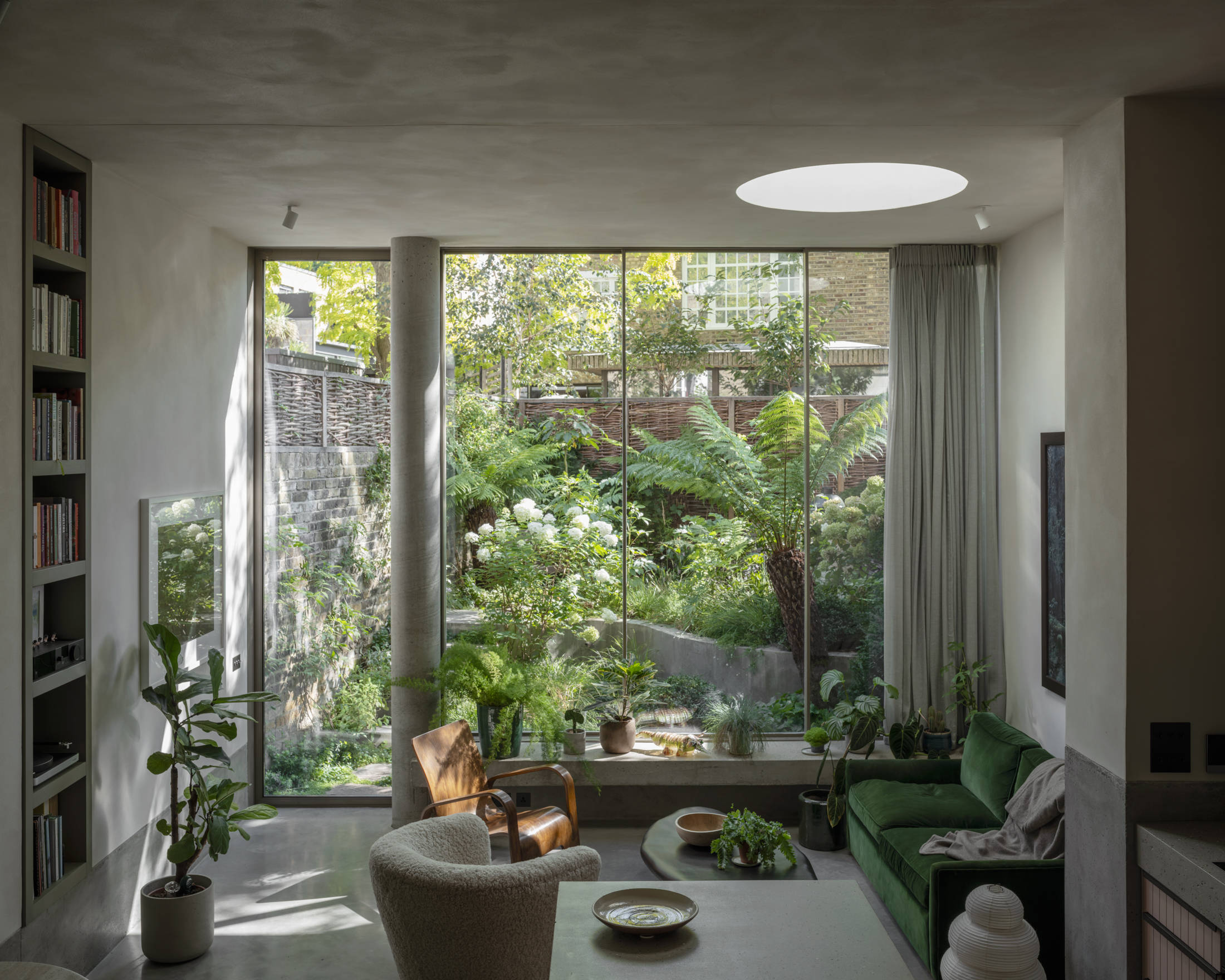
This robust and handsome 1960s Chelsea townhouse has been given a modern makeover by London architects Pricegore, preserving the tough character of the original architecture and adding functionality, texture, colour and even an element of brutalist charm.
People's Choice Award: Heyford Avenue by Manuel Urbina Studio
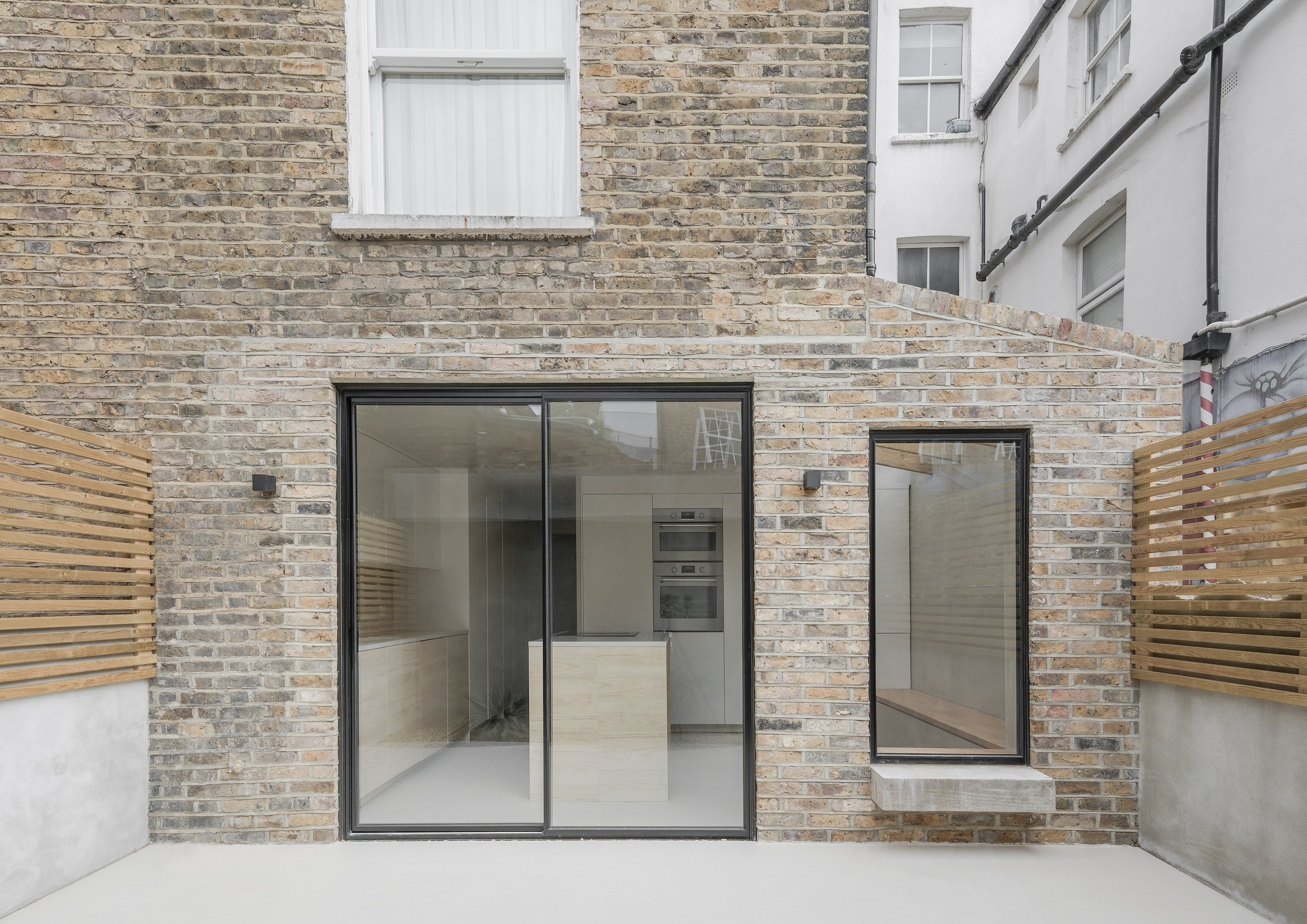
Heyford Avenue was a Victorian terraced flat in poor condition in South London. Manuel Urbina Studio reworked the interiors to make the most of the existing space, working with minimalist surfaces and materials such as washed-plaster and micro-cement finishes.
Environmental Leadership: House Made by Many Hands by Cairn

Few homes are as forward thinking-ly sustainable as this compact home extension in east London. The Hackney property uses a variety of warm, earthy textures with a pioneering, new low-carbon concrete in a London first.
Unique Character: Hillside House by Mike Tuck Studio

Bold and colourful, this transformation is a family home in Waltham Forest. Now, its small and dark kitchen has been enlarged, the living space is a flowing, multi-level, functional and bright space, and bonus areas include a pantry and ample storage.
Best Project Under 100K: Triangle House by Brown Urbanism
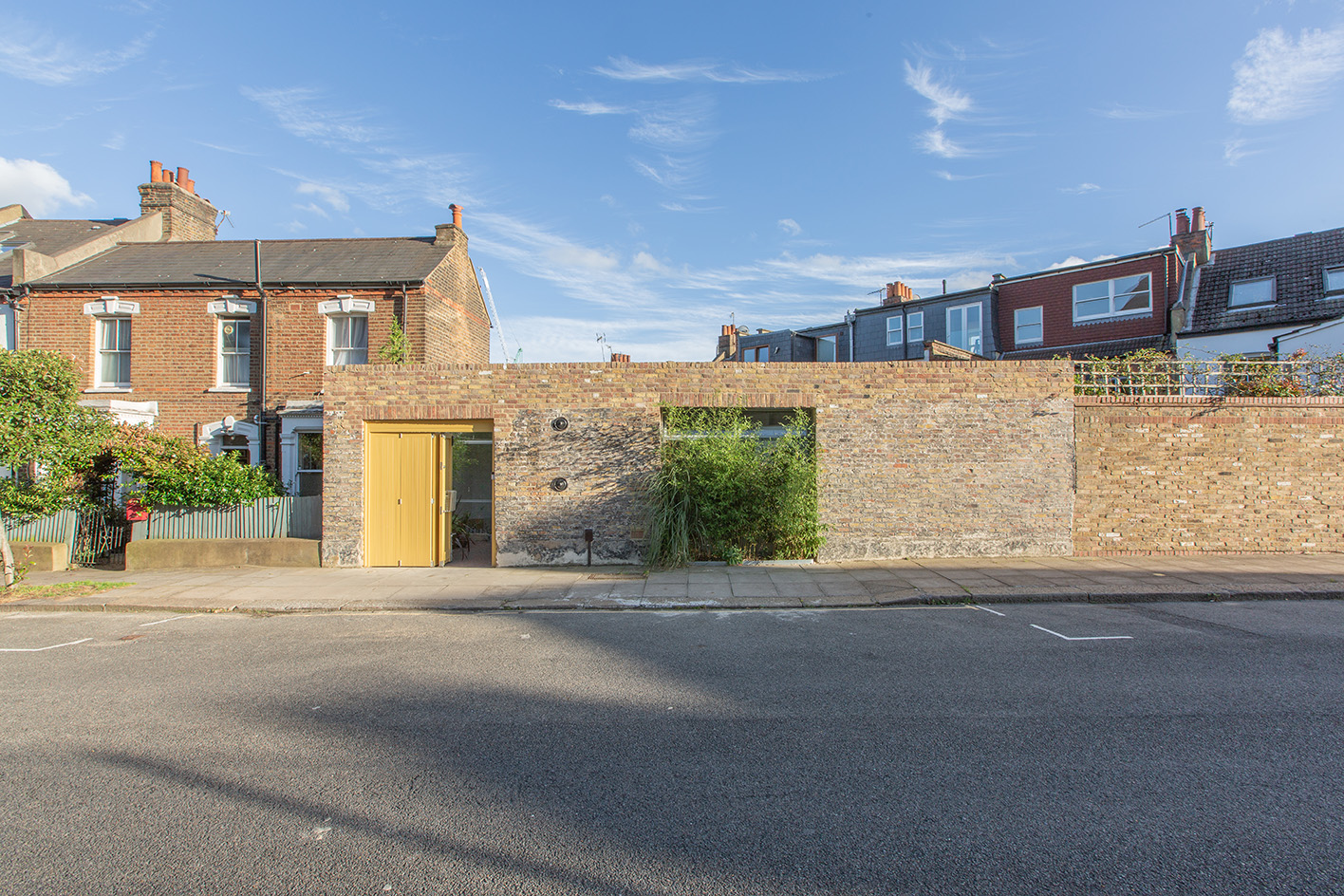
This inspiring and unusual, self-build, 40 sq m home fits perfectly in its triangular plot, making the most of its size while punching above its weight in both comfort and style in West Hampstead. It even includes its own green patio.
Transformation Prize: Two-Up Two-Down House by Khan Bonshek

Two-Up Two-Down House exemplifies just how the typical London terrace can be a blank canvas for the adventurous architect. For the project, husband and wife architectural practice Khan Bonshek took on a substantial project to completely overhaul a Victorian house in east London. The resulting home radically rearranges the interior volumes, pushing the space right to the limit of what's possible, while adding a modest brick rear and rooftop extension.
The shortlist
Apartment with a Mezzanine by Office Ten Architecture
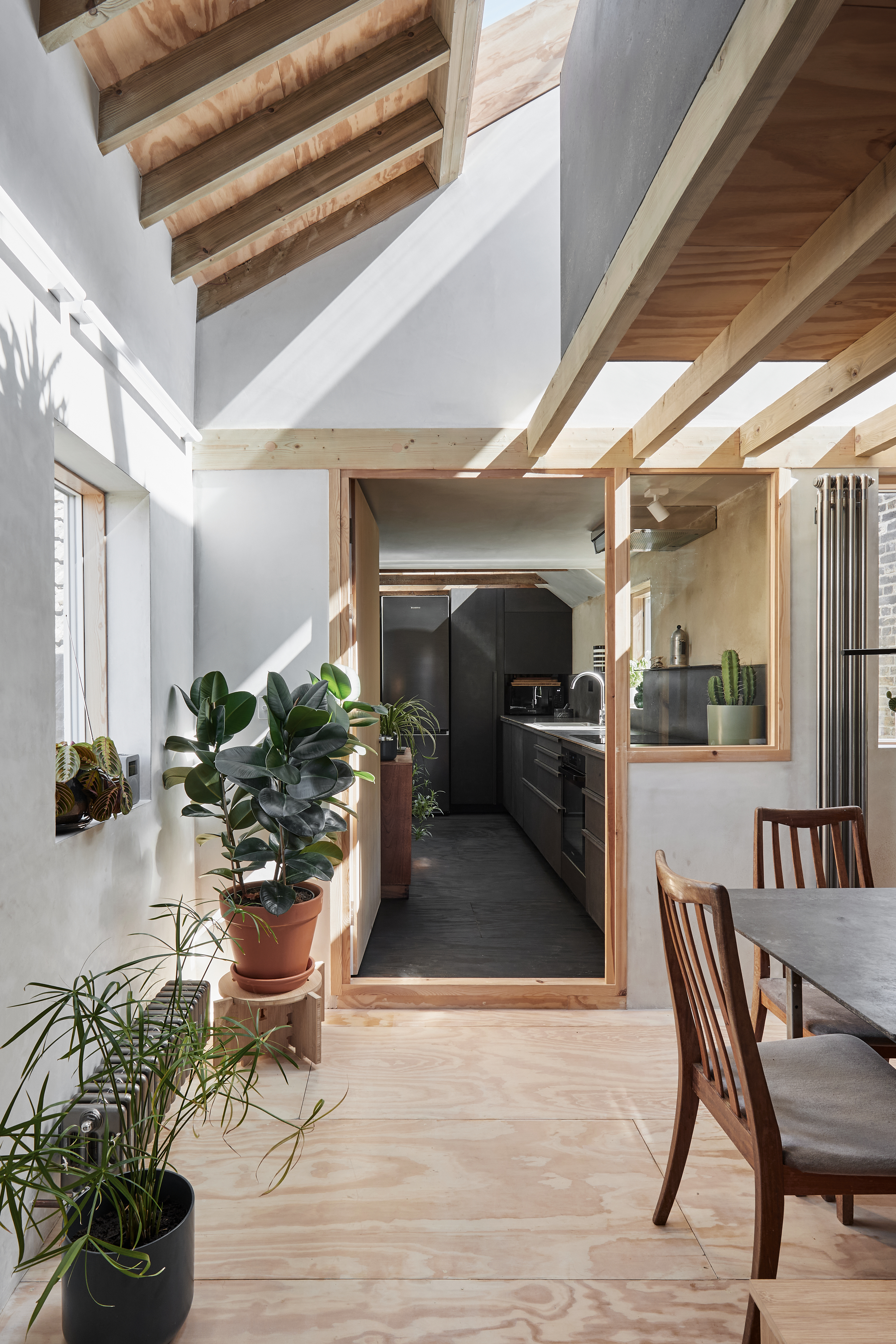
Office TEN crafted a clever loft conversion and internal reconfiguration at a first and second-floor apartment of an existing building in northwest London, combining Japanese and Scandinavian sensibilities, while drawing on the capital's urban context.
Flitch Cottage by Whittaker Parsons

Whittaker Parsons led the design transformation in this Walthamstow home. The scheme included opening up the living space to a flowing, garden-facing interior, as well as bringing lots of light in.
House extension in Stoke Newington by VATRAA
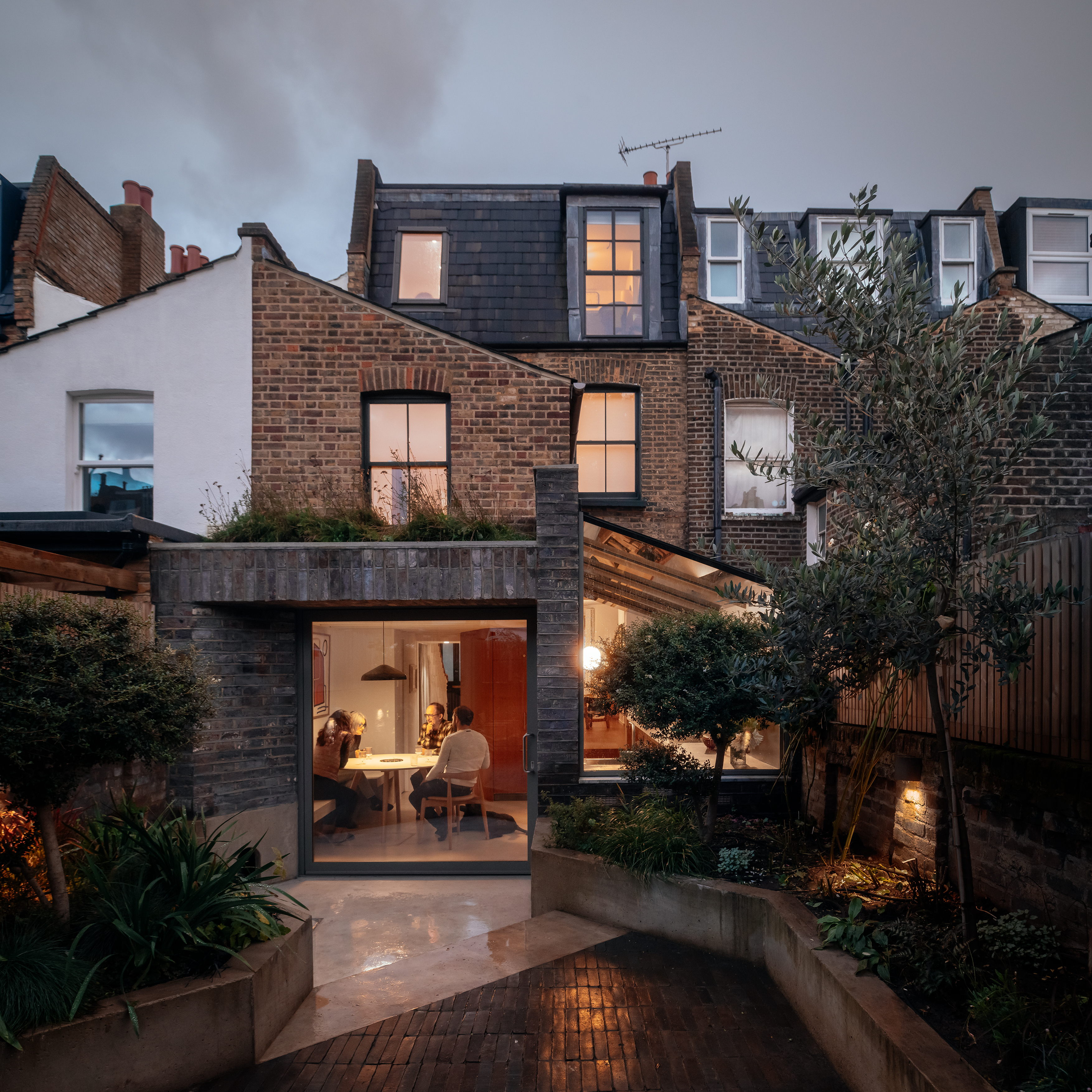
This Hackney project elegantly reconfigures the interior of a period home, extending towards the rear and adding a green roof, ASHP and PV panels to boost its environmental credentials along the way.
A House in East London by Charles Holland Architects
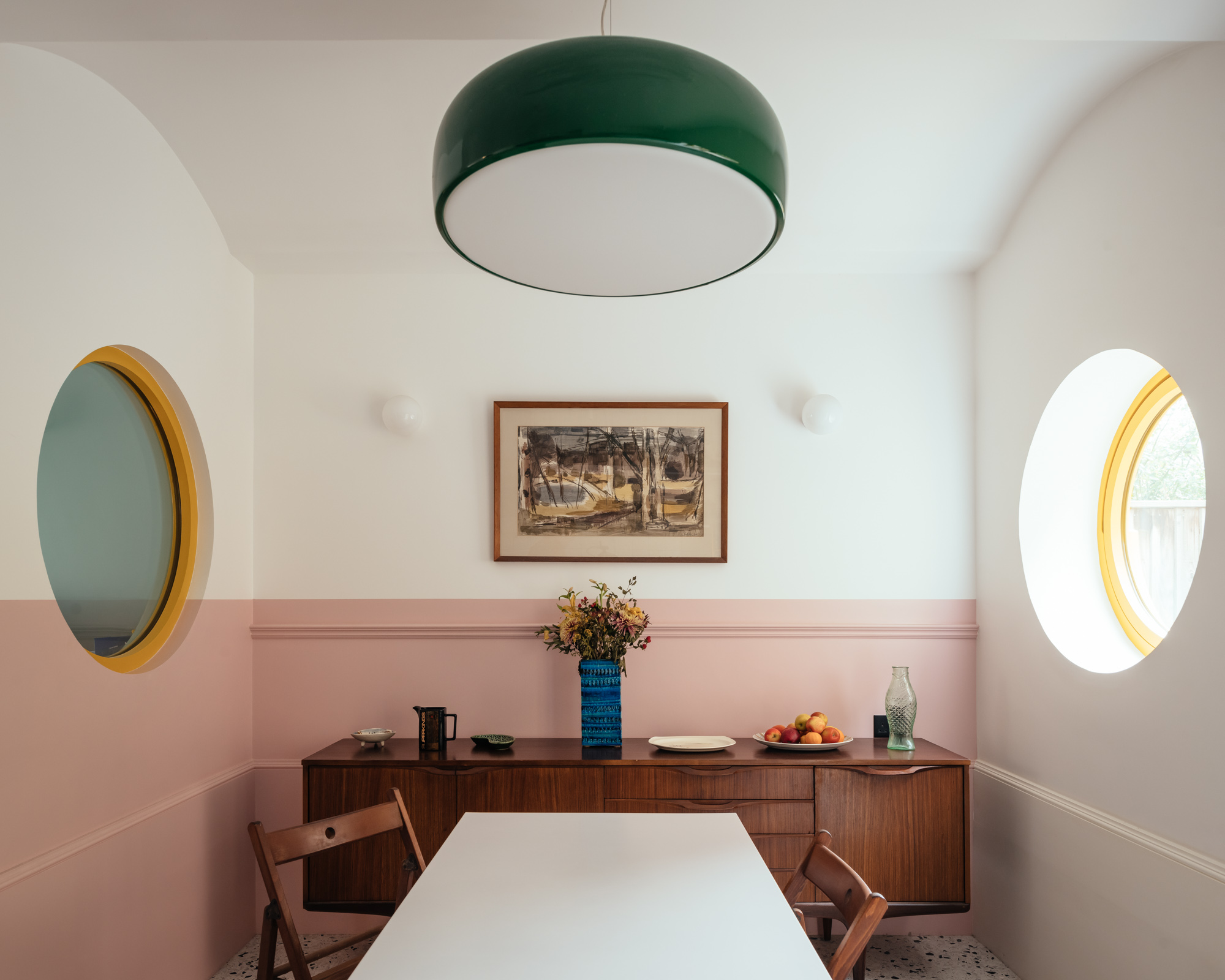
Clients Will Wiles and Hazel Tsoi-Wiles took on the restoration of a Victorian house of ill-repair in the Mile End area of east London, committed to a sensitive but spirited intervention, rather than simply plugging on a rear-end oblong box. Charles Holland, co-founder of Ordinary Architecture, ex-director of FAT and founder of his own practice in 2016, is known for his post-modernish play with colour, shape and architectural details.
Jacob's Flat by Paul Archer Design
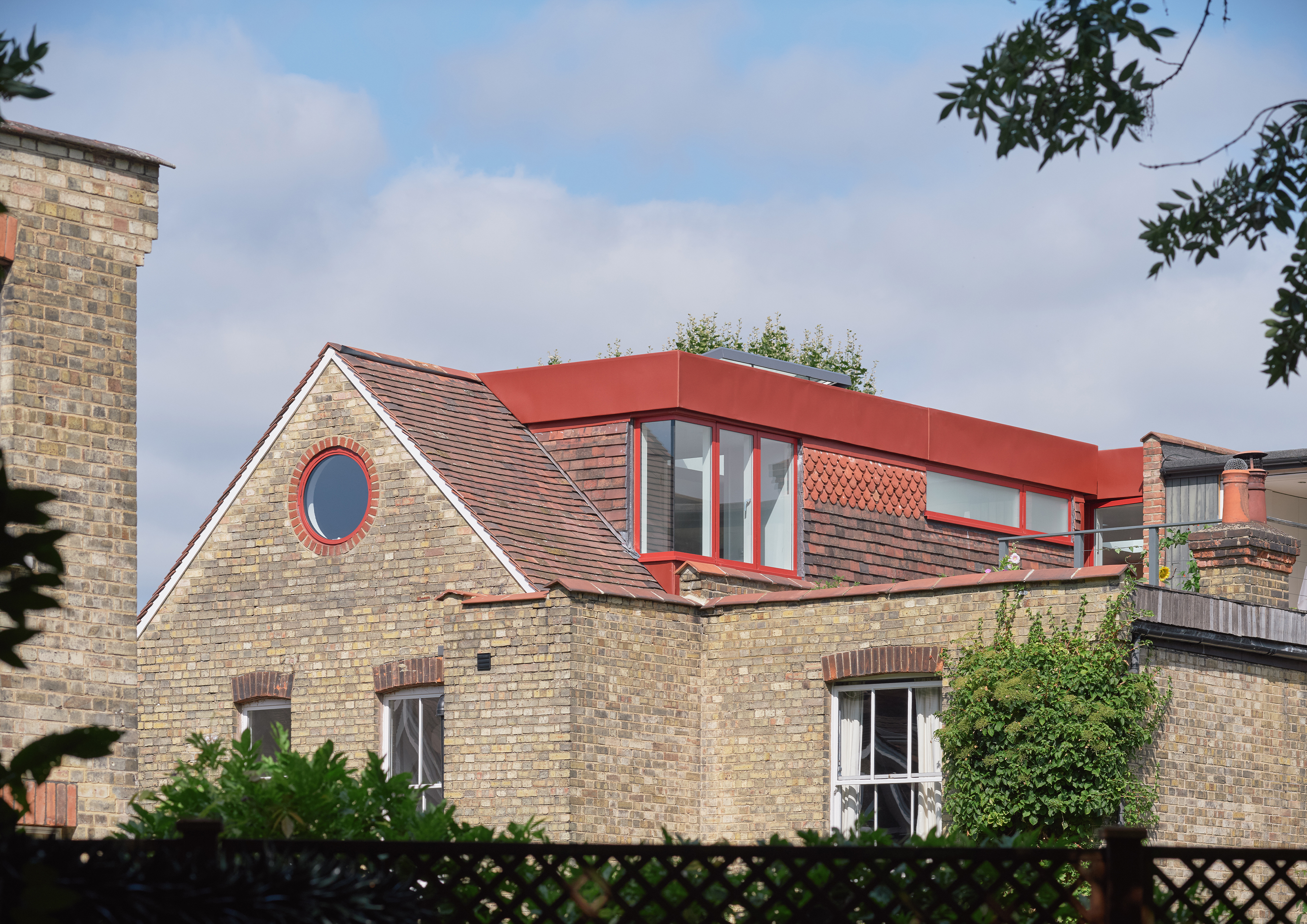
This generous Edwardian flat in Haringey has been brought to the 21st century by Paul Archer Design. The design includes a colour pop of a yellow kitchen in the living space, new rooftop vistas, and a bold red loft extension.
Perforated House by Novak Hiles Architects
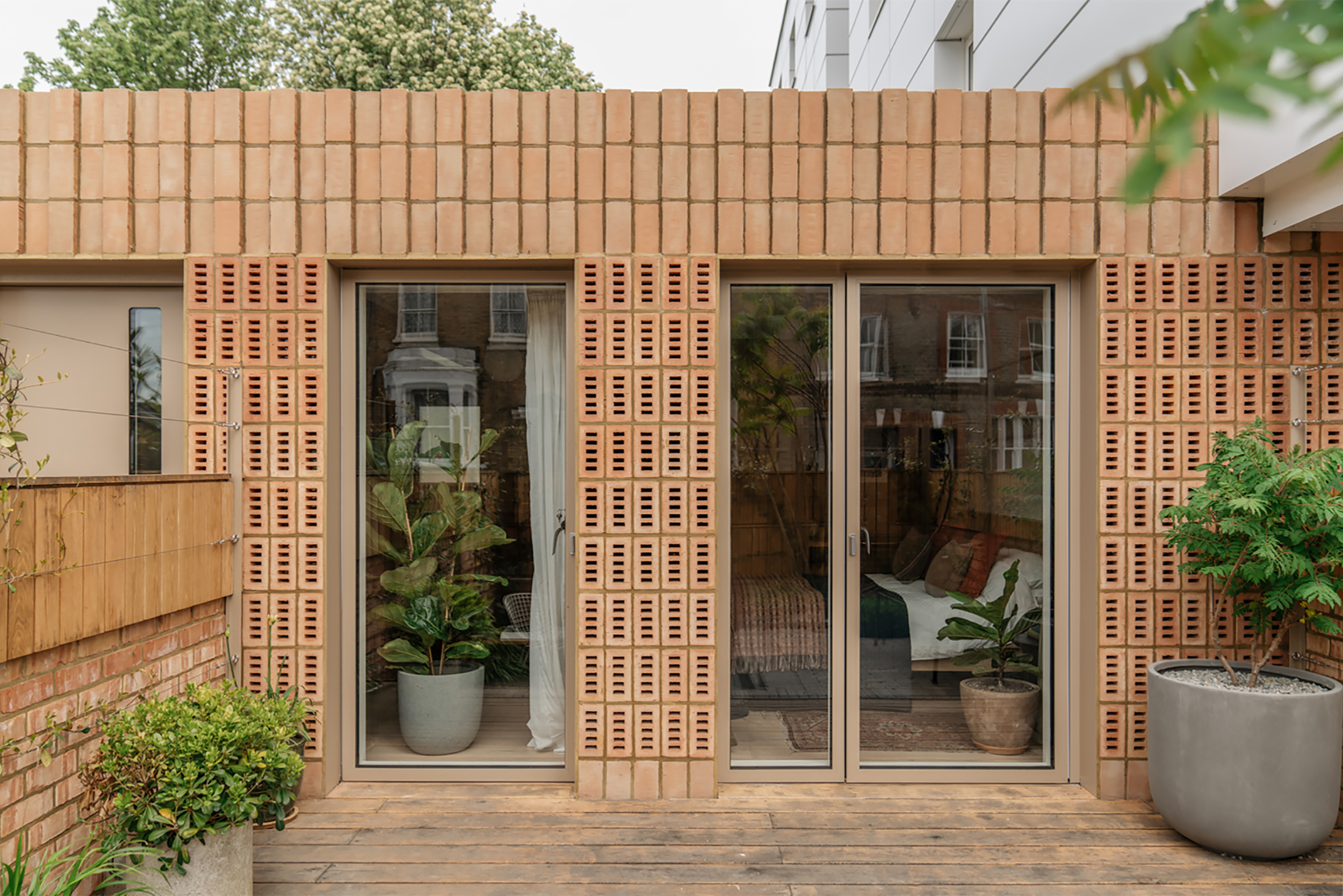
What used to be a 1960s bungalow in south London has been brought to the 21st century by Novak Hiles Architects, who added modernist charm and a sense of luxury and comfort through an array of updates – including the perforated brick walls that give the home its name.
Tin Hat by nimtim architects
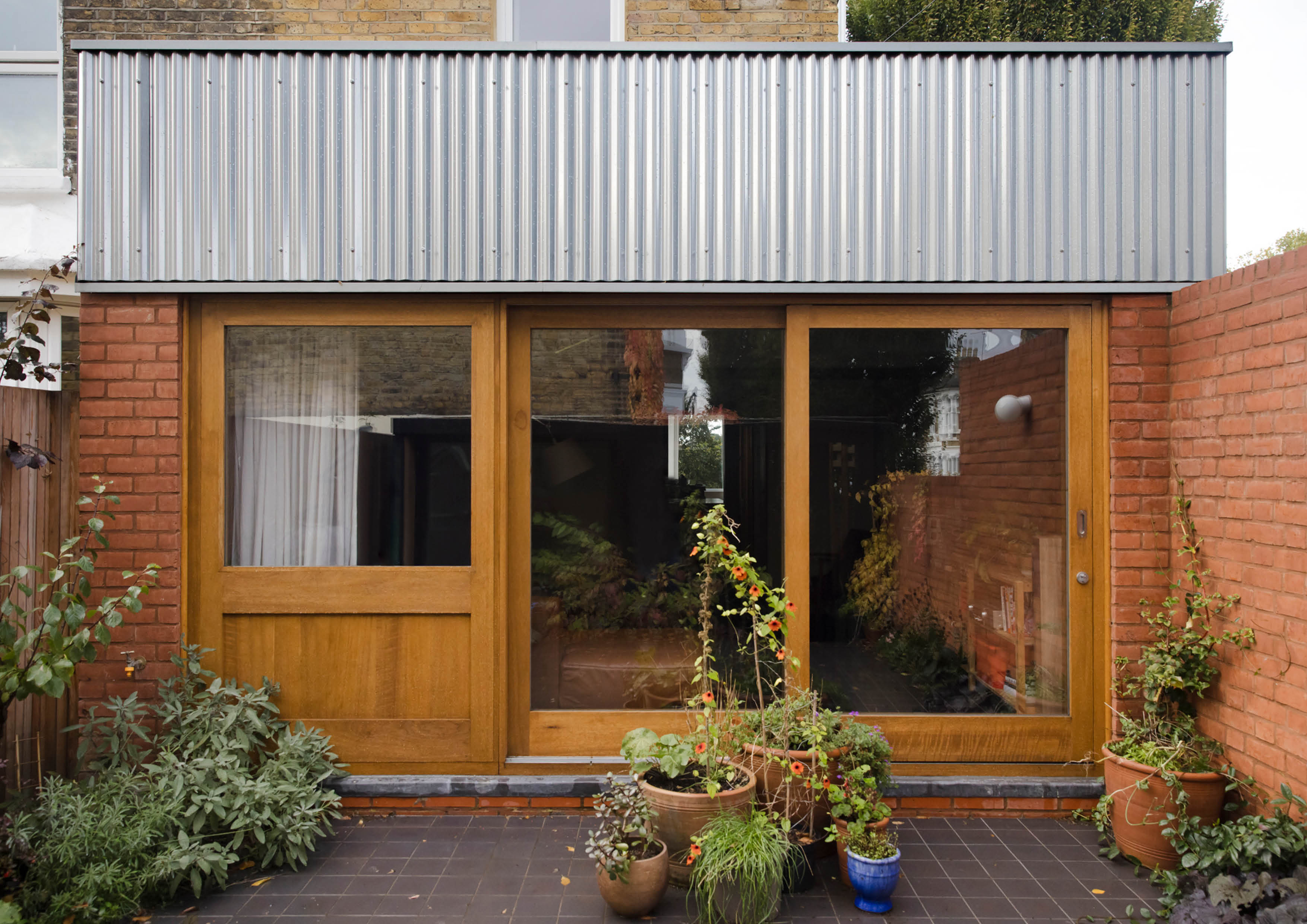
Nimtim, a prolific architecture practice in the residential sector, have sprinkled their magic on a tired home in Forest Gate with Tin Hat, a scheme that united two separate flats into a single, modern dwelling set in a Victorian end-of-terrace house.
Wimbledon Villa by Gundry + Ducker
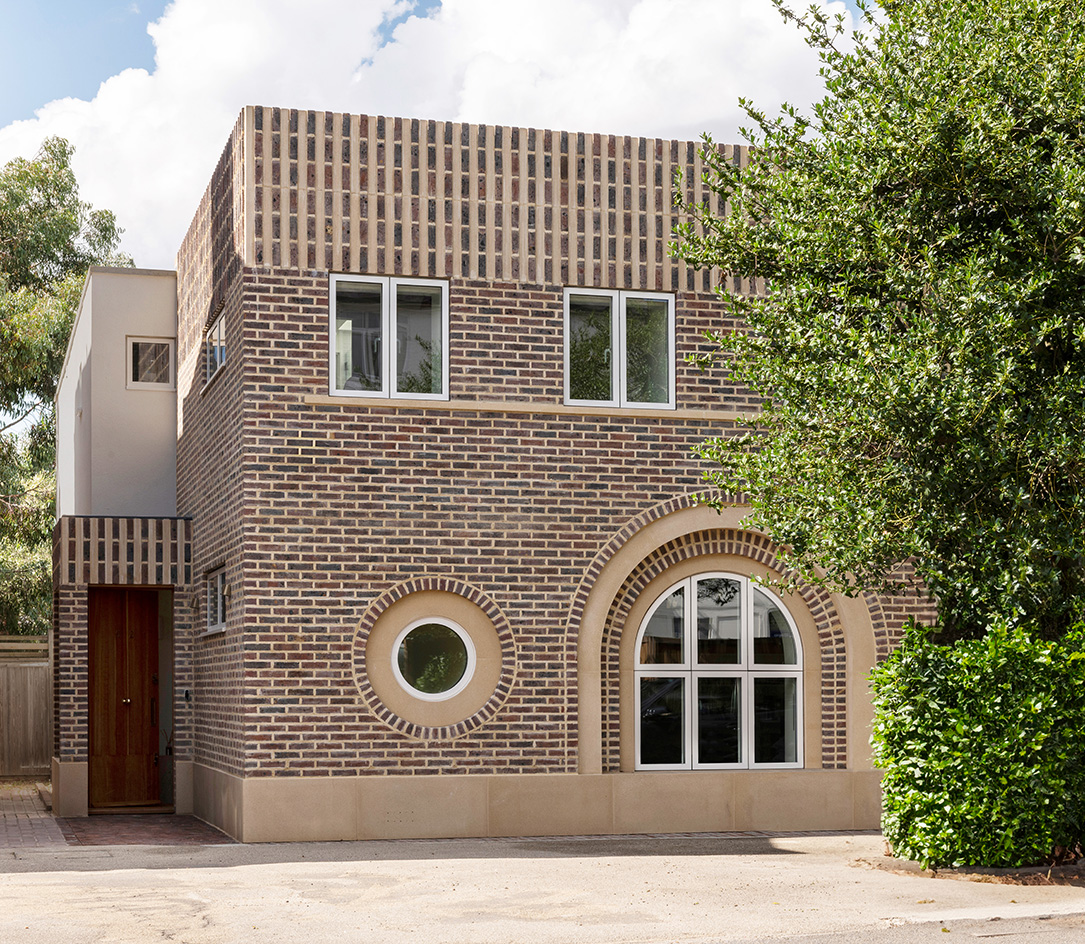
Set near the greenery of Wimbledon Common, this is a project that reimagines a simple white-box home from the early 2000s. Residential experts Gundry + Ducker redesigned the space aiming to create a 'country house in miniature'.
Ellie Stathaki is the Architecture & Environment Director at Wallpaper*. She trained as an architect at the Aristotle University of Thessaloniki in Greece and studied architectural history at the Bartlett in London. Now an established journalist, she has been a member of the Wallpaper* team since 2006, visiting buildings across the globe and interviewing leading architects such as Tadao Ando and Rem Koolhaas. Ellie has also taken part in judging panels, moderated events, curated shows and contributed in books, such as The Contemporary House (Thames & Hudson, 2018), Glenn Sestig Architecture Diary (2020) and House London (2022).
-
 ‘I want to bring anxiety to the surface': Shannon Cartier Lucy on her unsettling works
‘I want to bring anxiety to the surface': Shannon Cartier Lucy on her unsettling worksIn an exhibition at Soft Opening, London, Shannon Cartier Lucy revisits childhood memories
-
 What one writer learnt in 2025 through exploring the ‘intimate, familiar’ wardrobes of ten friends
What one writer learnt in 2025 through exploring the ‘intimate, familiar’ wardrobes of ten friendsInspired by artist Sophie Calle, Colleen Kelsey’s ‘Wearing It Out’ sees the writer ask ten friends to tell the stories behind their most precious garments – from a wedding dress ordered on a whim to a pair of Prada Mary Janes
-
 Year in review: 2025’s top ten cars chosen by transport editor Jonathan Bell
Year in review: 2025’s top ten cars chosen by transport editor Jonathan BellWhat were our chosen conveyances in 2025? These ten cars impressed, either through their look and feel, style, sophistication or all-round practicality
-
 Arbour House is a north London home that lies low but punches high
Arbour House is a north London home that lies low but punches highArbour House by Andrei Saltykov is a low-lying Crouch End home with a striking roof structure that sets it apart
-
 A former agricultural building is transformed into a minimal rural home by Bindloss Dawes
A former agricultural building is transformed into a minimal rural home by Bindloss DawesZero-carbon design meets adaptive re-use in the Tractor Shed, a stripped-back house in a country village by Somerset architects Bindloss Dawes
-
 RIBA House of the Year 2025 is a ‘rare mixture of sensitivity and boldness’
RIBA House of the Year 2025 is a ‘rare mixture of sensitivity and boldness’Topping the list of seven shortlisted homes, Izat Arundell’s Hebridean self-build – named Caochan na Creige – is announced as the RIBA House of the Year 2025
-
 In addition to brutalist buildings, Alison Smithson designed some of the most creative Christmas cards we've seen
In addition to brutalist buildings, Alison Smithson designed some of the most creative Christmas cards we've seenThe architect’s collection of season’s greetings is on show at the Roca London Gallery, just in time for the holidays
-
 In South Wales, a remote coastal farmhouse flaunts its modern revamp, primed for hosting
In South Wales, a remote coastal farmhouse flaunts its modern revamp, primed for hostingA farmhouse perched on the Gower Peninsula, Delfyd Farm reveals its ground-floor refresh by architecture studio Rural Office, which created a cosy home with breathtaking views
-
 A revived public space in Aberdeen is named Scotland’s building of the year
A revived public space in Aberdeen is named Scotland’s building of the yearAberdeen's Union Terrace Gardens by Stallan-Brand Architecture + Design and LDA Design wins the 2025 Andrew Doolan Best Building in Scotland Award
-
 The Architecture Edit: Wallpaper’s houses of the month
The Architecture Edit: Wallpaper’s houses of the monthFrom wineries-turned-music studios to fire-resistant holiday homes, these are the properties that have most impressed the Wallpaper* editors this month
-
 A refreshed 1950s apartment in East London allows for moments of discovery
A refreshed 1950s apartment in East London allows for moments of discoveryWith this 1950s apartment redesign, London-based architects Studio Naama wanted to create a residence which reflects the fun and individual nature of the clients